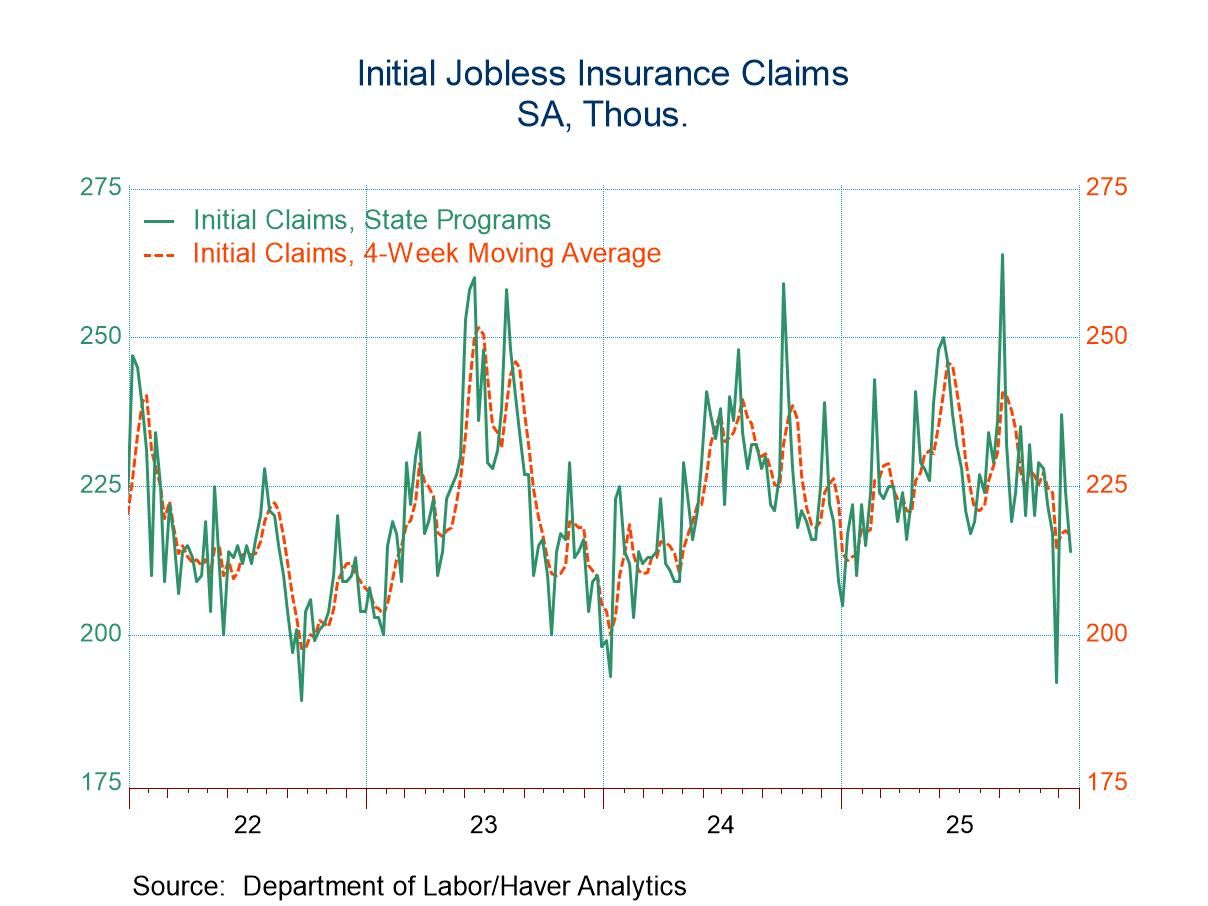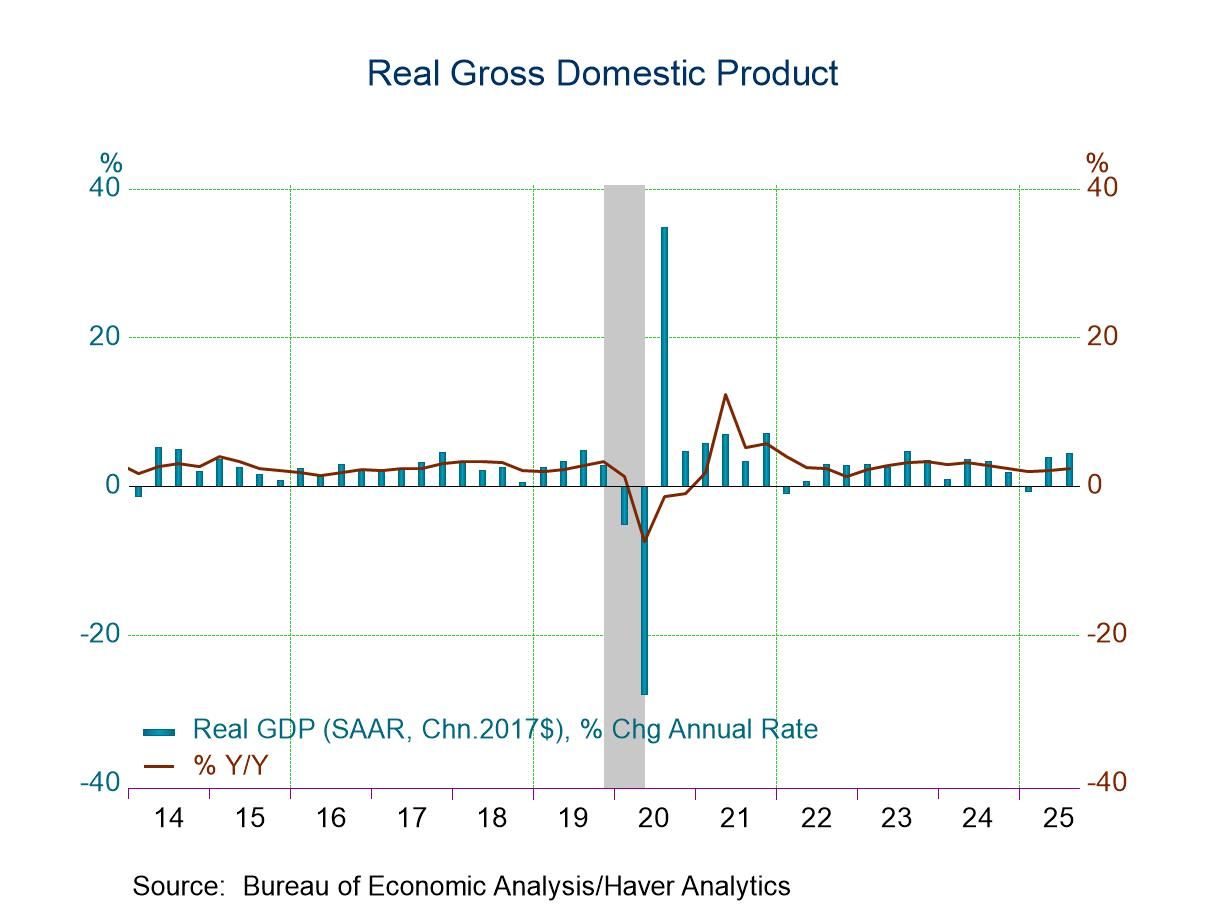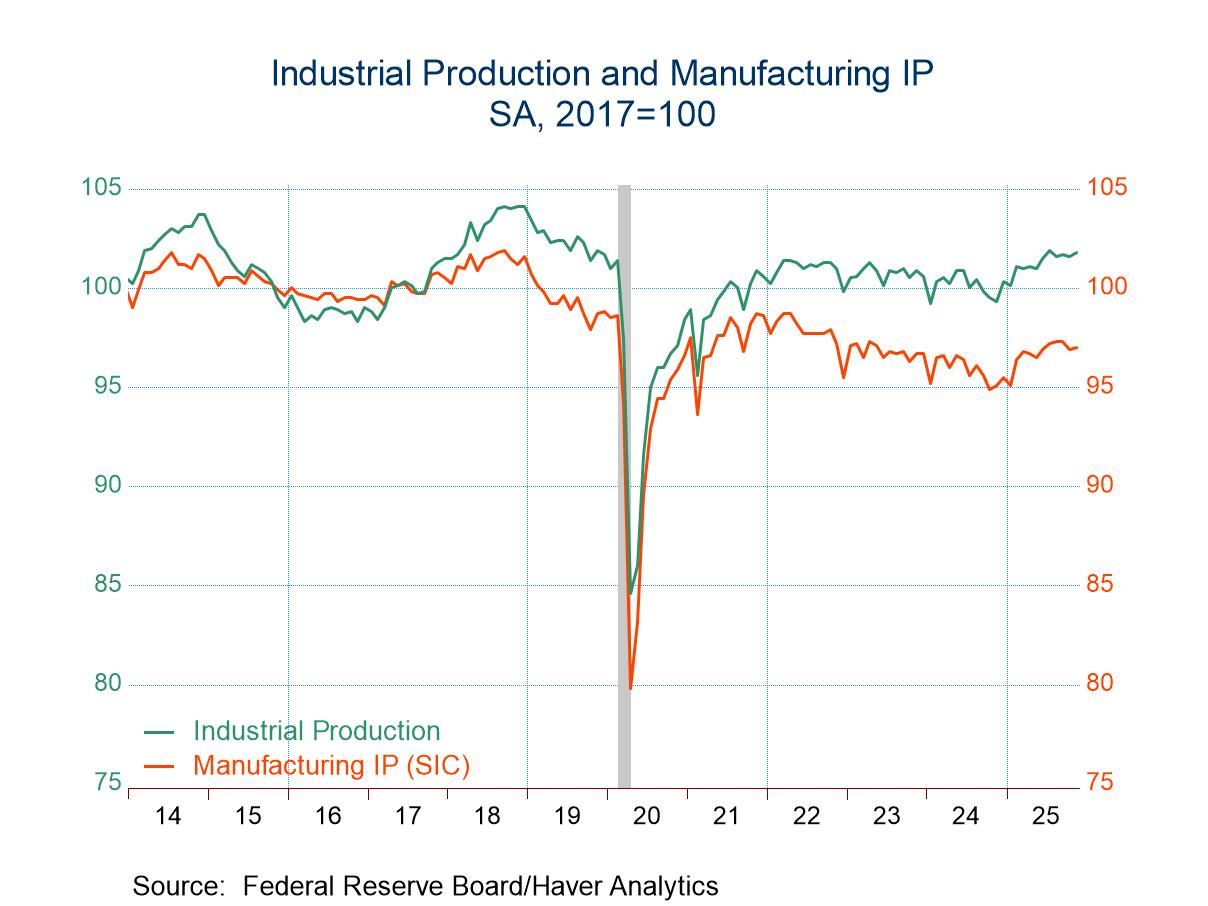German IP Drops Sharply in July and Broadly

Industrial production in July fell sharply by 2.4% after rising 1.7% in June and falling 3.1% in May. As a result of this production turbulence, Germany continues to experience declining and decelerating output growth. Over 12-months output falls at a -5.3% rate, over six months the pace steps up slightly to a -5.5% annual rate, but over three months industrial production in Germany is falling at a -14% annual rate.
This sequential slippage is mirrored in the declines of consumer goods, capital goods and intermediate goods production where the production of each of these sectors declines over 12 months, six months, and three months. Consumer goods and intermediate goods decline slightly more slowly over six months compared to 12 months, but all the categories show much sharper declines over three months than over 12 months. There's a clear tenancy for German production to show bigger declines over shorter periods and that's a disturbing development. In addition, all the sectors show declines month-to-month in July.
Manufacturing output in total shows a decline of 3.2% in July. As for overall output, manufacturing increased in June and fell sharply in May. Sequentially manufacturing output is persistently decelerating, as its 5.8% 12-month drop becomes an annual rate of decline of 17% over three months.
Hope in New Orders However, real manufacturing orders break this trend and may offer hope for a turnaround as real orders rise by 2.9% in July and by 4.6% in June after a 1.7% drop in May. Sequentially real orders are not just growing but they are accelerating from an increase of 3.8% over 12 months to an annual rate of 25.7% over three months. The path being sketched out by real manufacturing orders is explosively strong while the path being sketched out by actual manufacturing output is impulsively weak. So it looks like the resolution is going to be for manufacturing output to be dragged up from the depths in the coming months by strengthening orders- or at least that's how it appears from these trends. For the time being, sales remain weak, real sales and manufacturing fell in July, June, and May; they are declining at an accelerating pace from 12-months to six-months to three-months. Real sales and manufacturing declined, at a -5.8% rate over 12 months, at a -6.9% annual rate over six months and then at a -12.2% annual rate over three months. For the time being, manufacturing is a hotbed of cross currents.
Indicators are mixed Other indicators from ZEW, from IFO and from the EU Commission are mixed. These are from surveys that often are a little bit more sensitive and up-to-date readings than data on actually booked orders or on actually executed output or experienced sales. However, there is no hint of the kind of strength that we see in orders in these indicators. The ZEW current index shows negative readings sequentially from 12-months to six-months to three-months, but it does improve sequentially in modest steps. The IFO index for manufacturing does show some step up from 12-months to six-months to three-months. IFO manufacturing expectations also step up from 12-months to six-months to three-months but even this is somewhat moderate from 87.8 as an index reading over 12-months to 90.9 over six months to 92.2 over three months; it's a progression of advance but a minor league advance. Meanwhile, the EU Commission indexes show weakening from a -16.5 in their net diffusion reading over 12 months, to -17.7 over six months, to -17.8 over three months.
Other Europe Three European countries are early manufacturing reporters: Portugal, France, and Norway. Among these three countries, two of them have output declines in July. Norway is the exception with a solid 2% increase month-to-month in July, an increase of 2% in June and at 1.7% in May; it is showing accelerating growth from 12-months to six-months to three-months. Norway is a real success story. However, both Portugal and France show industrial production decelerating steadily from 12-months to six-months to three-months; in both cases, the three-month decline culminates in a negative growth rate in double-digits.
Quarter-to-date trends The quarter-to-date statistics show declines across all German manufacturing categories apart from real manufacturing orders. Of course, that shows a sizeable gain of nearly 38% at an annual rate in the quarter. It stands alone in that regard. The other indicators from ZEW to the IFO to the EU Commission also decline in the quarter-to-date except for the current ZEW index which improves by 6.2 points in July compared to the previous quarter’s average level. Manufacturing output for the three European countries shows sizable declines in the quarter-to-date for Portugal and France with Norway showing an annual rate increase at a stupendously strong 26.3% annual rate.
On balance, manufacturing in Germany is weak and it's weak across all categories. The ray of hope comes from real manufacturing orders that are surging as strongly as current output is declining. Sales in manufacturing are also weak. The IFO indicators for Germany are showing some progression towards better circumstances as is the index from ZEW. The EU Commission is eroding slightly sequentially as well as in recent months. There is hope but it runs against the grain of trend.

Robert Brusca
AuthorMore in Author Profile »Robert A. Brusca is Chief Economist of Fact and Opinion Economics, a consulting firm he founded in Manhattan. He has been an economist on Wall Street for over 25 years. He has visited central banking and large institutional clients in over 30 countries in his career as an economist. Mr. Brusca was a Divisional Research Chief at the Federal Reserve Bank of NY (Chief of the International Financial markets Division), a Fed Watcher at Irving Trust and Chief Economist at Nikko Securities International. He is widely quoted and appears in various media. Mr. Brusca holds an MA and Ph.D. in economics from Michigan State University and a BA in Economics from the University of Michigan. His research pursues his strong interests in non aligned policy economics as well as international economics. FAO Economics’ research targets investors to assist them in making better investment decisions in stocks, bonds and in a variety of international assets. The company does not manage money and has no conflicts in giving economic advice.






